The Fred Ives succulent is also known by its scientific name of Graptoveria. This is one of the most beautiful succulents. It has a unique appearance, with its magnificent rosettes in a range of colors.
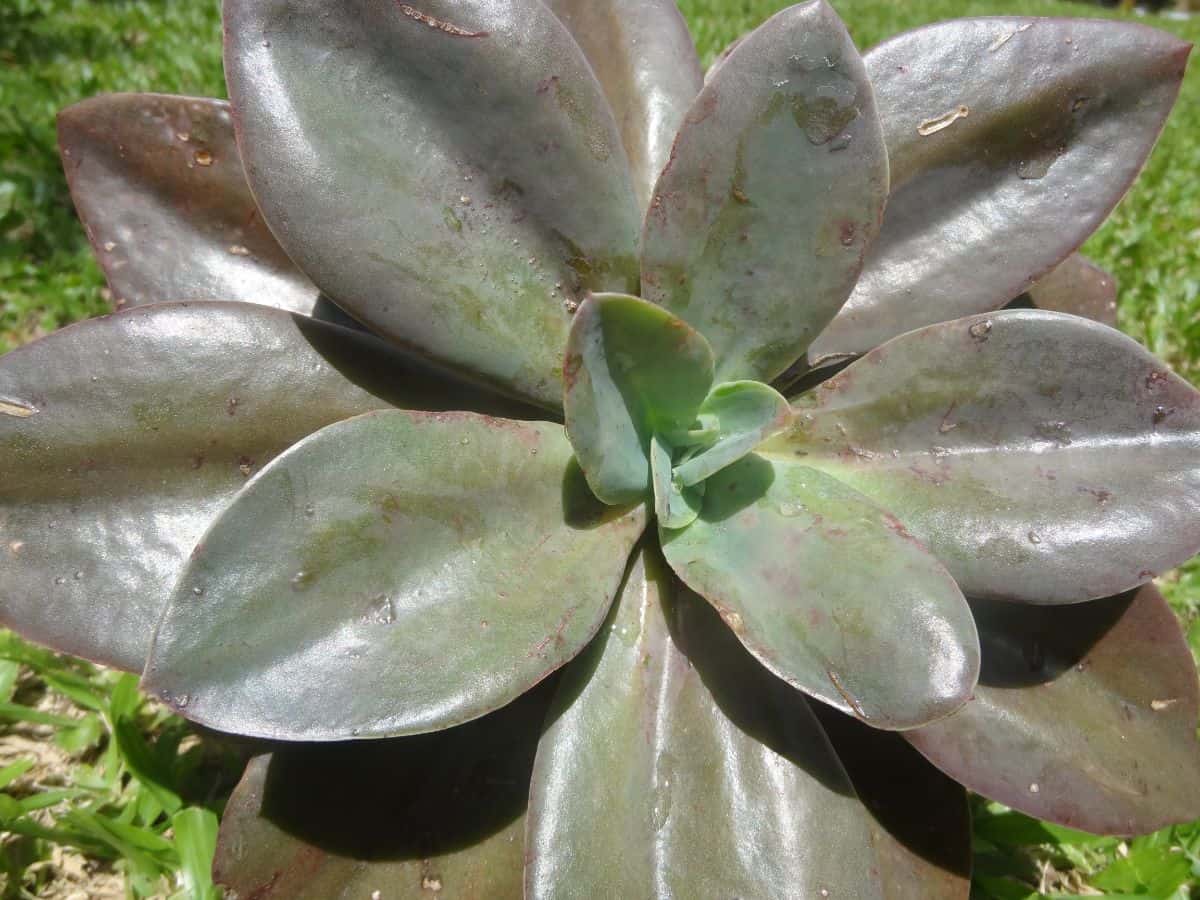
This succulent is very easy to grow and maintain. Therefore it is a favorite among beginners who are just starting out with their succulent gardens and are still learning how to care for their plants.
Because it requires so little maintenance, the Fred Ives succulent is also well-loved by those people who love plants, but don’t have the time, patience, or inclination to spend a lot of time fussing over them.
Jump to:
Fred Ives Succulent Appearance
| Name: | Graptoveria Fred Ives |
| Soil: | Well aerated soil |
| Blooming: | Late Spring, early Summer |
| Light: | Full sun to partial shade |
| Water: | When the soil is completely dry |
| Propagation: | Cuttings and seeds |
The Fred Ives succulent is a tall plant, growing to a height of up to 2 feet. It produces a large rosette of plump, thick leaves, and the rosettes can be as big as up to 8 inches tall and 1 foot in diameter.
The color of the leaves tends to change, according to how much sunlight they receive, as well as the amount of water given. You may find them with varying shades of pink to purple, yellowish-orange, to different shades of green.
The variety of colors of these succulents makes them ideal for ground cover in beds where lots of colors will add a special touch. Mixed with other plants, the Fred Ives succulent will make your rock beds and containers look spectacular.
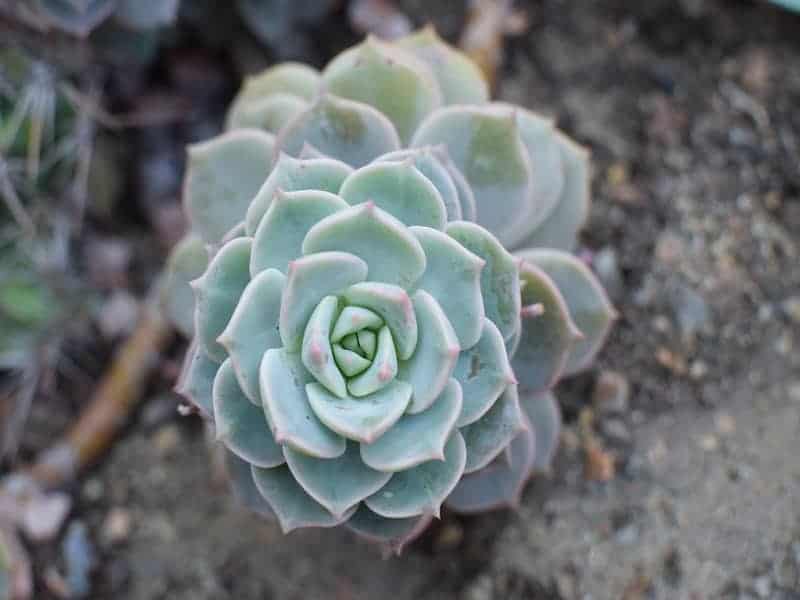
Buy it from:
The leaves often have a white coating that looks like a thin film that has covered them. This coating is known as epicuticular wax. This white film develops when the plant is in full sun for long periods and is there to protect the leaves from drying out in the heat.
The Fred Ives succulent produces a very small flower. The blooms are usually bright yellow and occasionally have reddish spots or patches. They are shaped like stars.
Caring for the Fred Ives Succulent
The Fred Ives succulent does not need a lot of care and attention. It is an independent plant that can grow and thrive without much effort from you. This makes it the perfect office plant, where nobody really wants to take responsibility for looking after it.
Light
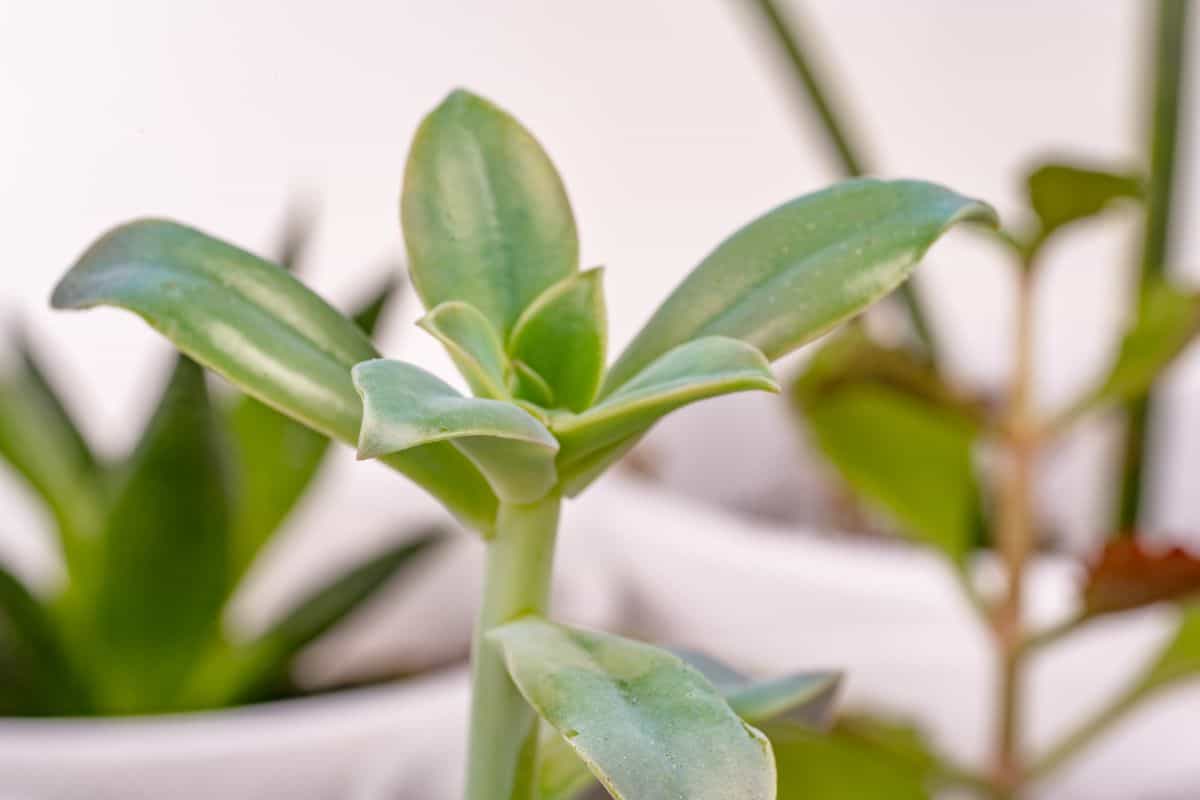
The Fred Ives succulent is similar to most other succulents in terms of its requirements for light. It loves a warm, sunny spot, with lots of natural light. It will do well both indoors and outdoors.
Even if you are planting it outdoors, it is still a good idea to plant your Fred Ives succulent in a container, so that it can be brought inside if the weather conditions become too rough. When planting outdoors, choose a spot in your garden that gets full sun to partial shade.
The Fred Ives succulent needs about 6 hours a day of direct sunlight. If you keep it indoors, it should be positioned in a bright room with lots of natural light. Place the pot near a south-facing window ( if you are in the northern hemisphere), where it will get lots of direct sunlight.
No products found.
If you do not have a room with sufficient natural light, it is advisable to use a grow light. This is an electric light designed specifically for cultivating plants, as it mimics natural sunlight.
Water
The Fred Ives succulent does not need much water. It should be cultivated in a pot with ample drainage holes at the bottom, to allow excess water to run off. It only needs to be watered every 5-6 days.
Every plant has periods of rapid growth, and periods of slow growth or complete dormancy. The Fred Ives succulent is usually dormant in the summer months. During this time, the plant is basically asleep, and no growth will take place. Therefore it needs very little water in summer.
The most rapid growth takes place in winter. Therefore during this period, the Fred Ives succulent will need to be watered more frequently.
The best way to water is to place the pot in a dish of cool, clean water for a few hours. In this way, the roots will suck up and absorb as much water as they need. After a few hours, the plant should be removed from the dish and the excess water discarded.
Over-watering will cause the roots to rot and should be avoided. The soil needs to dry out completely between watering cycles, to prevent the roots from constantly being wet. To test if the plants need watering, insert a finger as far into the soil as possible. It should be dry to the touch before you water again.
Temperature
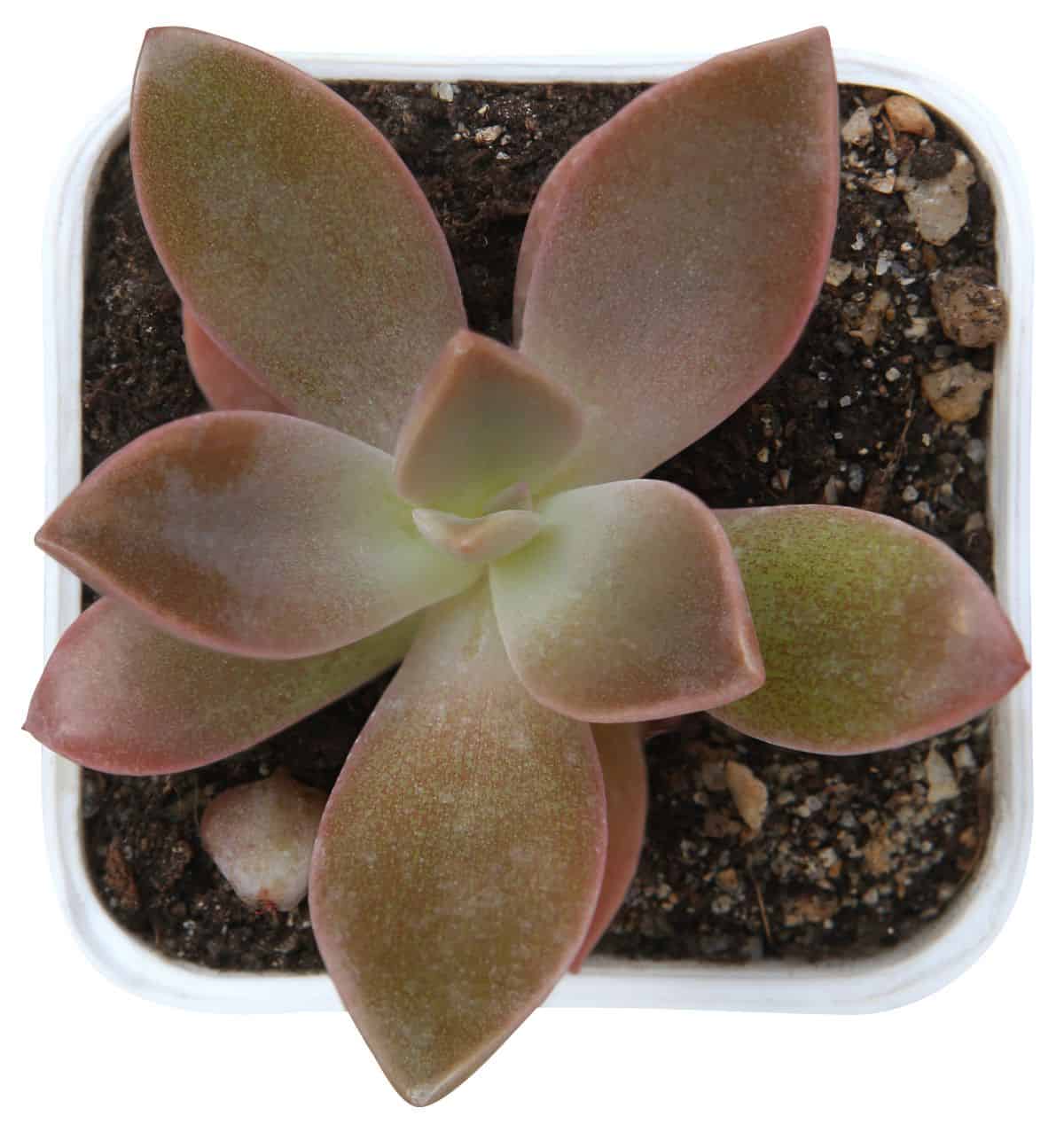
Like many other similar succulent plants, the Fred Ives succulent is not particularly hardy. It does not tolerate cold very well, and will not do well if it is exposed to extremely low temperatures.
If the area in which you live has a milder climate, and is a frost-free zone, it is fine to plant your Fred Ives succulents in beds in a sunny spot outside. But take care not to go to the other extreme by planting in an area where there is no shade at all. Too much exposure to intensely hot sun is also not good for your succulent plants.
If there is a risk of very cold temperatures, especially overnight, it is preferable to plant in pots, so that you can bring them indoors when the temperature plummets. If temperatures below 25° are expected, it is time to bring your Fred Ives succulent in, out of the cold.
Soil
The most important element when you are preparing the soil for a Fred Ives succulent is the drainage. The soil should be well aerated, and it must contain sufficient nutrients to nourish the plant.
It is essential to use a combination of minerals, such as perlite, together with coarse sand and cactus potting soil in order to achieve adequate drainage.
These should be combined in equal parts. In this way you will be able to ensure that your plant’s roots are not constantly sitting in damp soil, which will cause them to rot.
Propagating the Fred Ives Succulent
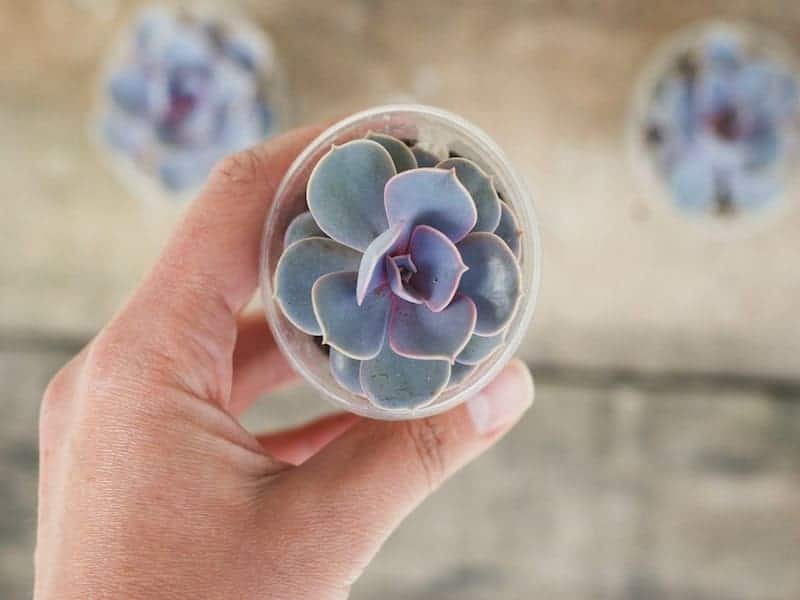
The Fred Ives succulent is a very easy succulent to propagate. Often the plant will propagate itself, by dropping leaves which then develop shoots and grow into a whole new plant.
This plant can be propagated in three different ways.
Propagating with leaves
Using leaves is the easiest method to propagate the Fred Ives succulent. To do this, carefully twist off a few healthy-looking leaves, as close to the stem as possible.
Allow the leaves to stand for 2-3 days, in order to dry out completely. Once they are totally dry, place them in a container with some good quality cactus potting soil, as described above.
Water lightly every few days, keeping the soil constantly damp. The leaves will begin to sprout little shoots, which will then take root and grow into a new plant.
Propagating with cuttings
When using cuttings to propagate your plant, use a clean, sharp pair of garden scissors to cut off a piece. Cut as close to the base of the stem as possible.
Leave the cutting to stand for a few days, in order to dry out and callus over. Once a callus has formed, you can insert the cutting into a pot of soil. It will soon take root, and a viable new plant will start to grow.
Propagating with offsets
The Fred Ives succulent is very simple to propagate with offsets. The offsets are new little plants that develop right next to the original plant.
To remove the offset, use a sharp clean knife to cut it away from the original plant, taking care not to damage the roots.
Plant the offset in a separate pot, ensuring that you use the right soil. Water lightly every few days and your plant should continue to grow into a healthy new plant.
See Related Topic: Little Jewel (Pachyveria Glauca) Succulent Care Guide
Common Pests and Problems
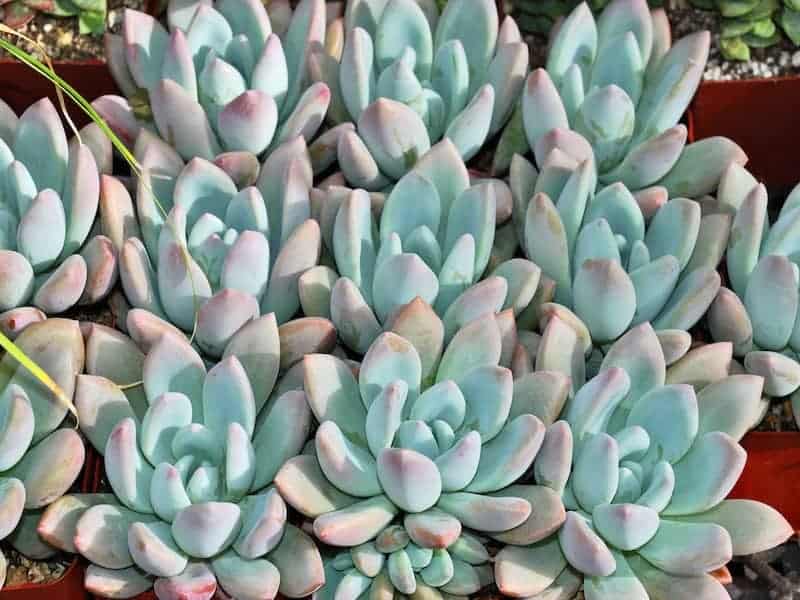
Over-watering
Take care not to over-water your Fred Ives succulent. Many people tend to think that because it is a succulent, it needs loads of water. It doesn’t.
Giving too much water will leave your plant’s roots constantly wet, which will make them rot and ultimately kill the plant.
When it comes to watering, moderation is crucial.
Over-exposure to sun
The Fred Ives succulent needs about 6 hours of direct sunlight per day. If it is left in very strong direct sunlight for much longer than this, the plant will start to dehydrate. The leaves will shrivel and turn brown.
You May Also Like: Golden Sedum (Sedum Adolphi) Succulent Care Guide
Pests and bugs
The Fred Ives succulent is prone to infestations of aphids and mealybugs. It is important to watch for and identify these, and get them under control quickly, in order to prevent them from spreading.
Mealybugs can be identified by the white, web-like filaments that they leave on the plant. Aphids look like tiny little dark spots on the leaves.
Visit your local garden center or nursery to get a good quality pesticide that is safe for succulents.


